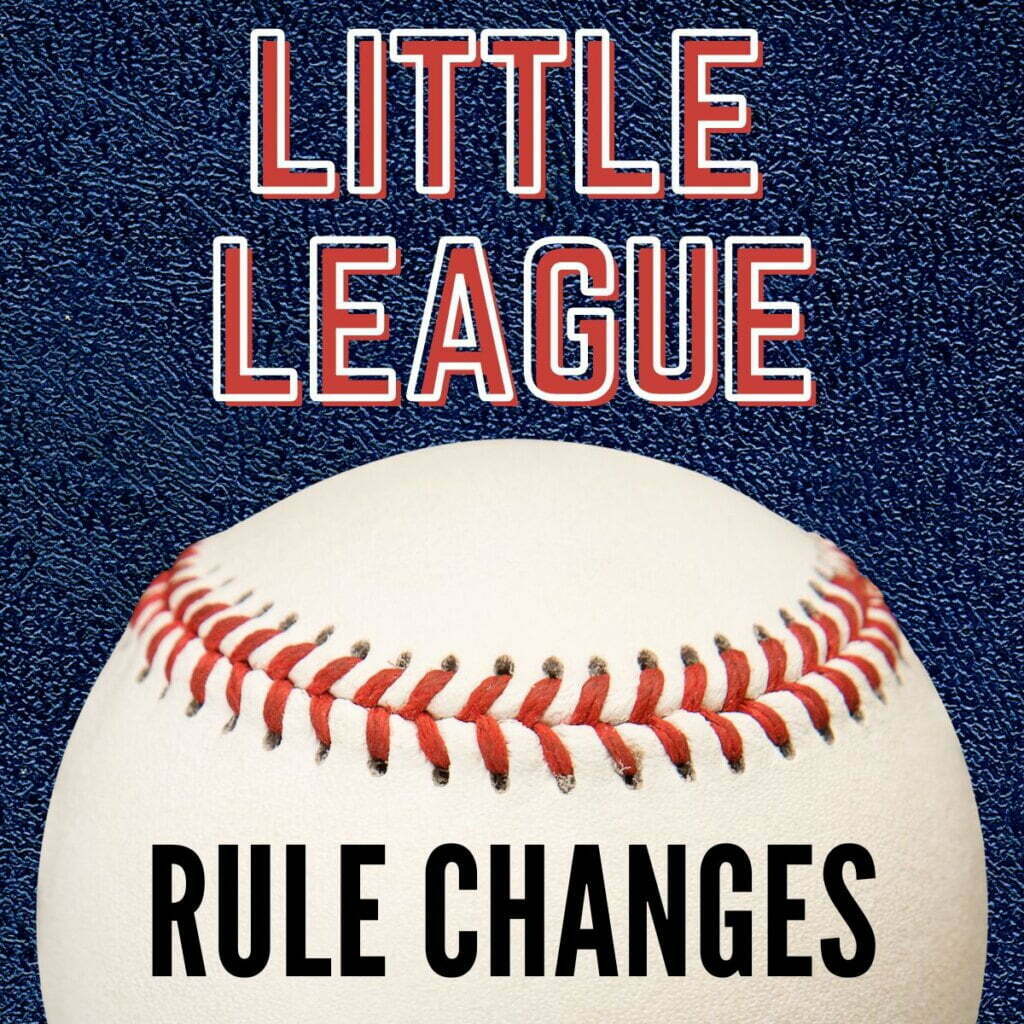Here are the Little League rule changes that will go into effect beginning with the 2024 Little League season. These rule and regulation updates as well as all rules can be found in the 2024 Little League Rulebook App, available for download on both the Apple and Google Play App stores.
2024 Little League Rule Changes at a Glance
- Child Protection Program: Regulation I(c) – The League: Outlines additional requirements as outlined in the Child Protection Program.
- Regulation I (c) (10): Mandatory Training and Continuing Education
- Regulation I (c) (11): Mandatory Reporting
- Regulation I (c) (12): Non-Retaliation
- Regulation I (c) (13): Prohibit One on One Contact
- Tournament Play – Rule 2.00 – At-Bat: Clarifies that for purposes of satisfying Mandatory Play for Tournament Play only, the definition of At-Bat in regards to completing at At-Bat after a player is retired as a batter; retired as a batter-runner; reaches base and scores; or reaches base and the inning/game ends, does not apply in Tournament Play.
2023 Little League Rule Changes at a Glance
- Permit coaches to Warm-up a Pitcher: Managers or coaches
must notare permitted to warm up a pitcher at home plate or in the bullpen or elsewhere at any time. - 8 Run Rule Rule into the 5th or 6th Innings: If after five (5) innings [Intermediate (50-70) Division / Junior / Senior League: six innings], four and one-half innings [Intermediate (50-70) Division / Junior / Senior League: five and one-half innings], if the home team is ahead, one team has a lead of eight (8) runs or more, the manager of the team with the least runs shall concede the victory to the opponent.
- Intentional Walk ALL DIVISIONS: the defense elects to “Intentionally Walk” the batter by announcing such decision to the plate umpire. The request may be made prior to or during the at-bat.
- No Player Intentionally Walked Twice: A player may only be intentionally walked by announcement one time during a game. A team is still not restricted from throwing four balls outside of the strike zone to this same batter at another time during the game.
- Runner out for leaving too soon (leaving early): When a base runner leaves the base before the pitched ball has reached the batter and it is detected by the umpire, the ball is dead. “No Pitch” is declared and the runner is out.
- Permit leagues to operate a 3- to 4-year-old Tee Ball Program: Players league age 3 are only eligible to participate if the league structures a Tee Ball Division for players league age 3 and 4.
- Tee Ball Age Limits: The Tee Ball division is an extension of the local league to accommodate participants league ages 3-7
- Spring Tryouts Attendance: Any candidate failing to attend at least
50 percentone of the spring tryout sessions, shall forfeit league eligibility unless an excuse is presented which is accepted by a majority of the Board of Directors. - All Star Player Name Release Timing: The release of names of players for the tournament team shall not be made
before May 15, and notuntil the availability and eligibility of all prospective team members have been established.
Source: Little League International Rules Change Voting Results
Little League Boundary Changes
Under existing boundary rules players who both reside within and attend a school within a league’s boundary may use either residence or school attendance to qualify for eligibility in that league.
However, there is now a waiver process, where parents can work with local leagues to provide additional opportunities for a child to participate in a league outside of where they live or go to school.
What happens if a child plays in a Little League program outside their residence or school boundary?
A player who plays in a program outside of their boundaries is NOT eligible to play for any All Star teams, which can start as early as league age 9. A child can play in regular season games without consequence but Little League League programs are not supposed to allow parents to register their kids out of boundaries. The lone exception is that the parents and local league have successfully received an out-of-boundary waiver.
Realistically, many local leagues allow kids to register out-of-bounds or parents simply select an address or school that is within boundaries, during the registration process. The new waiver process now makes it much easier for kids and parents to play in the program that is best for them and still be eligible for All Stars.

